- About us
- Support the Gallery
- Venue hire
- Publications
- Research library
- Organisation chart
- Employment
- Contact us
- Make a booking
- Onsite programs
- Online programs
- School visit information
- Learning resources
- Little Darlings
- Professional learning
John Frost (1784-1877), political convict, became a radical agitator while working as a draper and tailor in his native Newport, Monmouthshire. He had already been gaoled for libel when he became Mayor of Newport in 1836. In late 1839 he led a band of Chartist miners in an armed attack in Newport; arrested, he was sentenced to be hung, drawn and quartered, but was sent to Hobart Town instead. Arriving in 1840, he was treated as a political prisoner, with special privileges including clerical employment. Later, he became a schoolmaster, and was commended for doing well in the role. After working in various locations, he received a conditional pardon in 1854 and duly sailed for America. Returning to England two years later, he lectured and published on the Horrors of Convict Life (1856) and penned A Letter to the People of Great Britain and Ireland on Transportation (1857). He lived for another twenty years, becoming less political and more spiritual as time wore on.
Collection: National Portrait Gallery
Purchased 2009
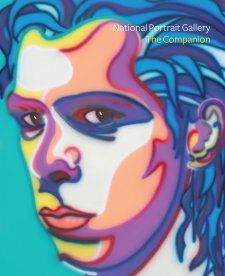
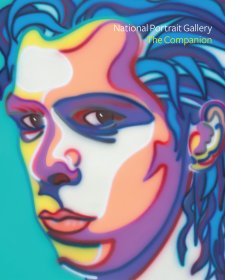
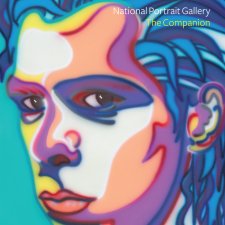
On one level The Companion talks about the most famous and frontline Australians, but on another it tells us about ourselves.
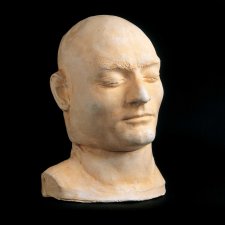
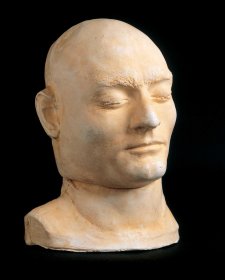
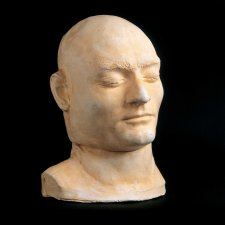
Death masks, post-mortem drawings and other spooky and disquieting portraits... Come and see how portraits of infamous Australians were used in the 19th century.

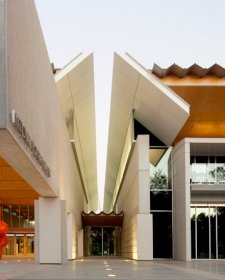

Visit us, learn with us, support us or work with us! Here’s a range of information about planning your visit, our history and more!